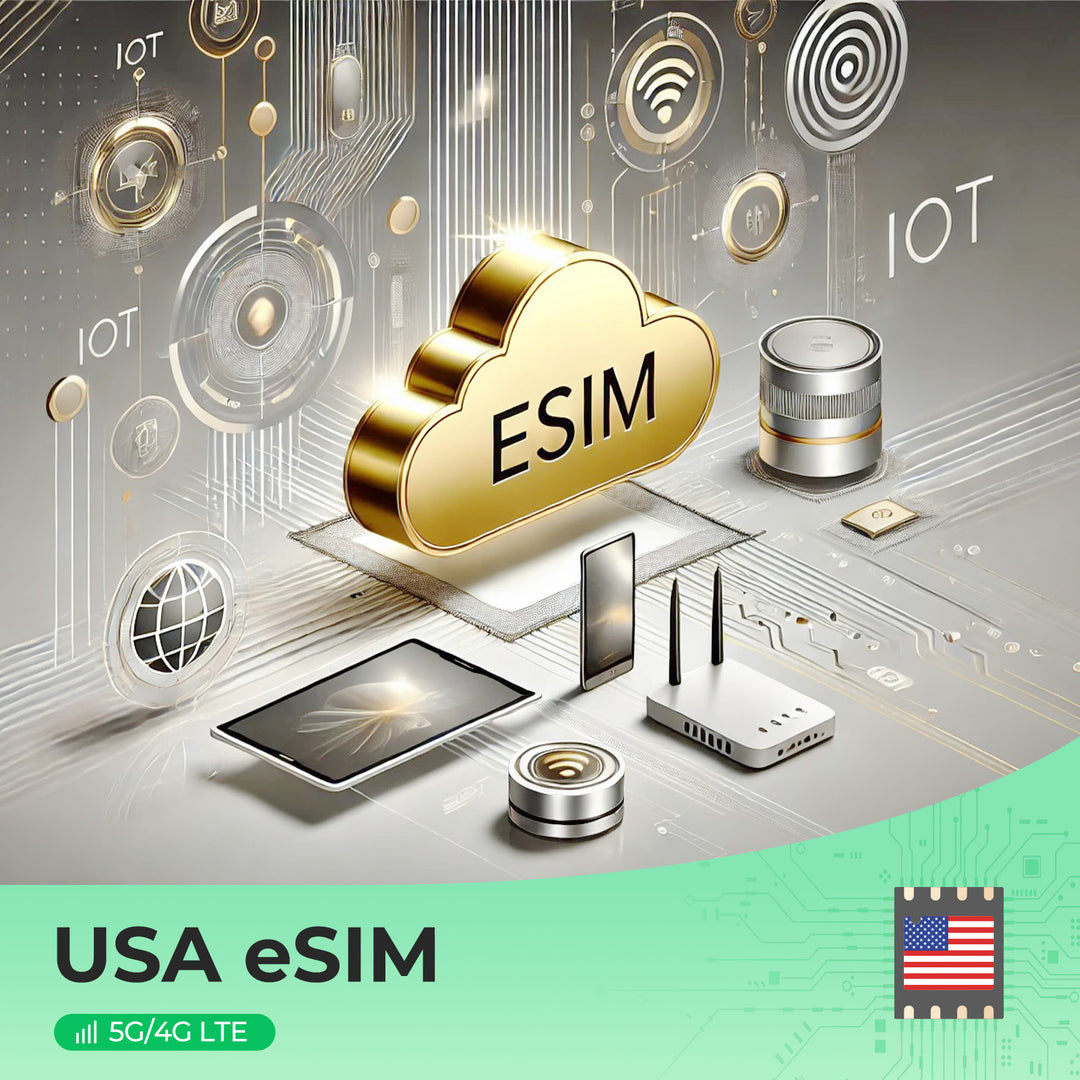Unlocking the Future of Connectivity: Discover the Magic of eSIMs vs. Traditional SIM Cards!
In today’s fast-paced world, connectivity is not just a convenience; it’s a necessity. From staying in touch with loved ones to accessing vital information on the go, our devices rely on SIM cards to connect us to the vast digital landscape. Enter the eSIM – a revolutionary technology that is changing the way we think about mobile connectivity. Unlike traditional SIM cards, which are physical cards inserted into devices, eSIMs are embedded directly into devices, offering a seamless experience. As we explore the differences between eSIMs and traditional SIM cards, it becomes clear that understanding these technologies is essential for anyone looking to navigate the future of connectivity effectively.

Understanding eSIM Technology
eSIM, or embedded SIM, is a digital version of the traditional SIM card that is integrated directly into a device's motherboard. This innovative technology functions by allowing users to activate a mobile plan without needing a physical card. The process is straightforward: once a device with eSIM capability is connected to a network, users can easily download their carrier's profile and switch between different plans as needed. One of the most significant advantages of eSIM technology is its space-saving aspect. By eliminating the need for a physical SIM slot, manufacturers can design slimmer devices or allocate space for other features, such as larger batteries. Moreover, eSIMs simplify the process of switching carriers. If a user decides to change their mobile plan, they can do so with just a few taps on their device, without the hassle of obtaining a new SIM card.
Traditional SIM Cards: The Old Guard
Traditional SIM cards, or Subscriber Identity Module cards, have been the backbone of mobile connectivity for decades. These small, removable cards store essential information such as the user's phone number and network details. When switching carriers, users typically need to obtain a new SIM card from their chosen provider, which can be an inconvenient process. Physically, traditional SIM cards come in various sizes—standard, micro, and nano—requiring users to select the appropriate size for their device. Additionally, there are limitations associated with traditional SIM cards, such as the need for physical handling, which can lead to loss or damage. A friend of mine once recounted a frustrating experience where they accidentally damaged their SIM card, resulting in a lengthy delay in re-establishing their mobile service. Such issues are becoming increasingly obsolete with the rise of eSIM technology.
Key Differences Between eSIMs and Traditional SIM Cards
The key differences between eSIMs and traditional SIM cards are profound and impact user experience significantly. Firstly, installation is a breeze with eSIMs; there’s no need to physically insert a card. Activation is also quicker, as users can simply scan a QR code or download a carrier profile. On the other hand, switching carriers with traditional SIM cards can involve visiting a store or waiting for a new card to arrive by mail. This can be a tedious process, especially for those who travel frequently. Additionally, eSIM technology supports multiple profiles, allowing users to switch between personal and work numbers or different data plans more conveniently. From a business perspective, eSIMs also offer enhanced flexibility, enabling companies to manage connectivity for fleets of devices with ease. The implications of these differences extend beyond individual consumers; businesses can streamline operations and reduce overhead costs associated with managing physical SIM cards.
The Future of Connectivity: eSIM Adoption
As we look ahead, the trend of eSIM adoption is accelerating across various industries. From smartphones to wearables and IoT devices, the versatility of eSIM technology is being recognized and embraced. Analysts predict that as more devices become compatible with eSIM technology, we will see a significant shift in how we connect to the internet. The Internet of Things (IoT), for instance, stands to benefit enormously from eSIMs, as they allow for easier connectivity and management of numerous devices without the need for physical SIM cards. Furthermore, eSIM technology could revolutionize global roaming, making it easier and more cost-effective for travelers to access mobile services abroad without the hassle of swapping SIM cards. The potential for eSIMs to reshape connectivity is vast, promising a future where seamless communication is the norm.
The Future of Mobile Communication
In summary, as we dissect the nuances between eSIM technology and traditional SIM cards, it’s evident that eSIMs represent the future of connectivity. With their ease of use, flexibility, and the potential to streamline mobile services, eSIMs are poised to replace traditional SIM cards in many applications. As technology continues to evolve, staying informed about these advancements is crucial. Embracing the advantages of eSIMs not only enhances personal connectivity but also positions consumers and businesses to thrive in an increasingly interconnected world. The transition to eSIM technology heralds a new era of mobile communication, and it’s an exciting time to be a part of this transformation.







